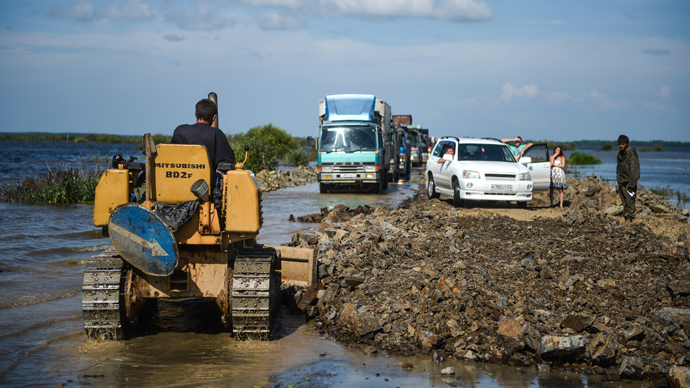
© NASA/U.S. Geological SurveyHow to make an arid region bloom: irrigated farm plots (between 0.5 and 1 mile in diameter) over the High Plains Aquifer in Western Kansas.
Like dot-com moguls in the '90s and real estate gurus in the 2000s, farmers in Western Kansas are enjoying the fruits of a bubble: Their crop yields have been boosted by a gusher of soon-to-vanish irrigation water. That's the message of a
new study by Kansas State University researchers. Drawing down their region's groundwater at more than six times the natural rate of recharge, farmers there have managed to become so productive that the area boasts "the highest total market value of agriculture products" of any congressional district in the nation, the authors note. Those products are mainly beef fattened on large feedlots; and the corn used to fatten those beef cows.
But they're on the verge of essentially sucking dry a large swath of the High Plains Aquifer,
one of the United States' greatest water resources. The researchers found that 30 percent of the region's groundwater has been tapped out, and if present trends continue, another 39 percent will be gone within 50 years. As the water stock dwindles, of course, pumping what's left gets more and more expensive - and farming becomes less profitable and ultimately uneconomical. But all isn't necessarily lost. The authors calculate that if the region's farmers can act collectively and cut their water use 20 percent now, their farms would produce less and generate lower profits in the short term, but could sustain corn and beef farming in the area into the next century.
And that would be great.


